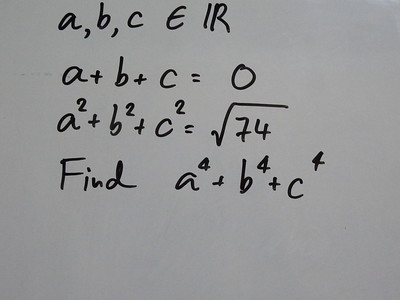A new study by the Public Policy Institute of California examined the impact of changes to its community college remedial education requirements on Black and Latino men. This group was of particular interest because historically, they have the lowest educational attainment rates in the state. While direct enrollment in transferable classes has increased, and single-term completion rates in entry-level math among Black and Latino men have risen, these students are still less likely than their counterparts to complete these classes.
Over a four-year period, 44% of Black and Latino males who enrolled in a transferable math course completed it, but this completion rate does not compare with those of White and Asian males, or even female students in any demographic group.
Persistence (the percentage of students who return to college for a second year at any institution) also declined for these students. Nearly 60% of Latino male students and fully two-thirds of Black male students left their institutions within three years of first enrollment without either graduating or transferring to another school.
California Assembly Bill 705, signed into law in late 2017, virtually eliminated remedial education courses at the state’s 116 community colleges. Remedial education was intended to “level up” students who had either returned to school after a prolonged absence, or otherwise lacked the foundational skills needed to succeed in courses that required college level math, reading, and writing skills. Instead, students required to enroll in the courses found them to be expensive and unproductive, often blocking academic advancement rather than enabling it.
Since 2018, California community colleges have worked on phasing out these developmental courses. Instead, students enroll directly in classes that can transfer to another institution and take support courses to help fill in gaps they may have in their language and mathematical skills.
Remedial education study may have been flawed
Knowing the outcome of the decision to eliminate remedial education courses is important, because many other states (including Michigan) have taken California’s lead. Based on early results, the elimination of remedial education has not achieved what the state hoped it would: increasing the educational attainment of the state’s least educated students.
The move away from developmental courses in California was not easy. In 2022, a large percentage of the state’s community colleges were still placing students in non-transferrable remedial classes. Supporters of traditional remediation charge that the New York study that triggered the elimination of remedial math contained serious flaws that made it impossible to determine the positive or negative effects of remedial math classes.
Institutions welcomed the study’s conclusion that co-requisite classes could replace remedial education. If accurate, the study results meant that institutions and states could safely shift tens of millions of dollars annually away from remediation to college-level classes.
But the CUNY study didn’t actually test the effectiveness of eliminating remedial math courses. Instead, it allowed students to record “progress” in math using an alternative path that deftly avoided the one problem class that typically stymied low-achieving math students: algebra. The CUNY study compared the completion rates of students who took statistics instead of remedial math – which focused mainly on basic algebraic concepts.
Statistics is considered applied mathematics while algebra is the foundational course in complex or theoretical math. It is entirely possible for a student to successfully complete a statistics course without encountering the complex mathematical concepts taught in algebra.
For better or worse, Washtenaw Community College has recently abandoned remedial coursework in math, reading, and writing. Based on practice in California, this approach doesn’t seem to produce more effective long-term results or increase the percentage of student success.
Photo Credit: arjin j , via Flickr

























